Dare I say it, but around here we could do with a wet day or two. Hopefully this statement won’t come back to haunt me over the next few months, but while there has been some heavy rain going around over the last few weeks, we have had very little here, except for a few light showers.
Spring rye for wholecrop was planted during the Easter weekend, in what seemed like ideal conditions. After ploughing, just one run with the power harrow was needed, and straight after drilling the seedbed was rolled and got fertiliser. It seemed to be a job well done.
Grass regrowth in the paddocks has also been very slow, and not helped by some cold nights and early morning frosts
What happened next was a week with a cold east wind, which really dried things out. One of the fields looks particularly poor, with the tram lines just about visible. Ironically, this was the wetter of the two fields and needed to be drained before ploughing. I suspect it has dried out too quickly.
Grass regrowth in the paddocks has also been very slow, and not helped by some cold nights and early morning frosts last week.
Grazing
At this stage, just over two thirds of the herd are out during the day, with the remaining high-yielding group housed full time. This group are averaging 42l and will stay housed for the time being.
Even if I wanted to turn them out, as things stand we would quickly run out of grass, after putting a lot of the grazing platform in the silo.
I am in no rush to keep the low group out full time
The low group is out during the day, and is averaging around 29-30l, depending on the day and grass allocation.
I am in no rush to keep the low group out full time. It may be a reflection on my grassland management (or lack of), or the type of cow we have, but every year I do my best to get cows out full time and all I seem to succeed in achieving is a reduction in yield.
Silage
With dry weather over May Bank Holiday weekend and good crops of grass, it was too good an opportunity not to be at silage.
Grass was mowed on Friday, tedded and wilted on Saturday, and raked and lifted on Sunday.

First cut being ensiled on the Blelock farm at Aldergrove in Co Antrim.
Even though crops looked reasonable in the field, I was surprised how quickly the silo filled up. So much so, that on Sunday evening I had to clear a space in another silo to get the last of the grass ensiled. Having this extra silage in another clamp will be useful later in the summer to provide some top-quality silage for buffer feeding.
Scrapers
During the past winter our automatic scrapers have been giving trouble. This came to a head early in the new year when they finally gave up the will to carry on. A robotic scraper has been on the wish list for some time now.
If I had known what was coming, I would have held off
Faced with a big bill to fix the existing scraper, this seemed like the final push I needed. So I have taken the plunge and bought this new piece of kit. With the world we are living in, it’s impossible to ignore labour-saving technology, however, a few years ago I invested in a heat-detection system only for it to be replaced and upgraded six months later. If I had known what was coming, I would have held off.
While I realise that the speed of change with technology will only get faster, the experience with the heat detection system left me a little wary. It took the broken automatic scraper to convince me.
Read more
Costs and returns going in opposite directions
Higher feed protein solves milk yield puzzle
Dare I say it, but around here we could do with a wet day or two. Hopefully this statement won’t come back to haunt me over the next few months, but while there has been some heavy rain going around over the last few weeks, we have had very little here, except for a few light showers.
Spring rye for wholecrop was planted during the Easter weekend, in what seemed like ideal conditions. After ploughing, just one run with the power harrow was needed, and straight after drilling the seedbed was rolled and got fertiliser. It seemed to be a job well done.
Grass regrowth in the paddocks has also been very slow, and not helped by some cold nights and early morning frosts
What happened next was a week with a cold east wind, which really dried things out. One of the fields looks particularly poor, with the tram lines just about visible. Ironically, this was the wetter of the two fields and needed to be drained before ploughing. I suspect it has dried out too quickly.
Grass regrowth in the paddocks has also been very slow, and not helped by some cold nights and early morning frosts last week.
Grazing
At this stage, just over two thirds of the herd are out during the day, with the remaining high-yielding group housed full time. This group are averaging 42l and will stay housed for the time being.
Even if I wanted to turn them out, as things stand we would quickly run out of grass, after putting a lot of the grazing platform in the silo.
I am in no rush to keep the low group out full time
The low group is out during the day, and is averaging around 29-30l, depending on the day and grass allocation.
I am in no rush to keep the low group out full time. It may be a reflection on my grassland management (or lack of), or the type of cow we have, but every year I do my best to get cows out full time and all I seem to succeed in achieving is a reduction in yield.
Silage
With dry weather over May Bank Holiday weekend and good crops of grass, it was too good an opportunity not to be at silage.
Grass was mowed on Friday, tedded and wilted on Saturday, and raked and lifted on Sunday.

First cut being ensiled on the Blelock farm at Aldergrove in Co Antrim.
Even though crops looked reasonable in the field, I was surprised how quickly the silo filled up. So much so, that on Sunday evening I had to clear a space in another silo to get the last of the grass ensiled. Having this extra silage in another clamp will be useful later in the summer to provide some top-quality silage for buffer feeding.
Scrapers
During the past winter our automatic scrapers have been giving trouble. This came to a head early in the new year when they finally gave up the will to carry on. A robotic scraper has been on the wish list for some time now.
If I had known what was coming, I would have held off
Faced with a big bill to fix the existing scraper, this seemed like the final push I needed. So I have taken the plunge and bought this new piece of kit. With the world we are living in, it’s impossible to ignore labour-saving technology, however, a few years ago I invested in a heat-detection system only for it to be replaced and upgraded six months later. If I had known what was coming, I would have held off.
While I realise that the speed of change with technology will only get faster, the experience with the heat detection system left me a little wary. It took the broken automatic scraper to convince me.
Read more
Costs and returns going in opposite directions
Higher feed protein solves milk yield puzzle





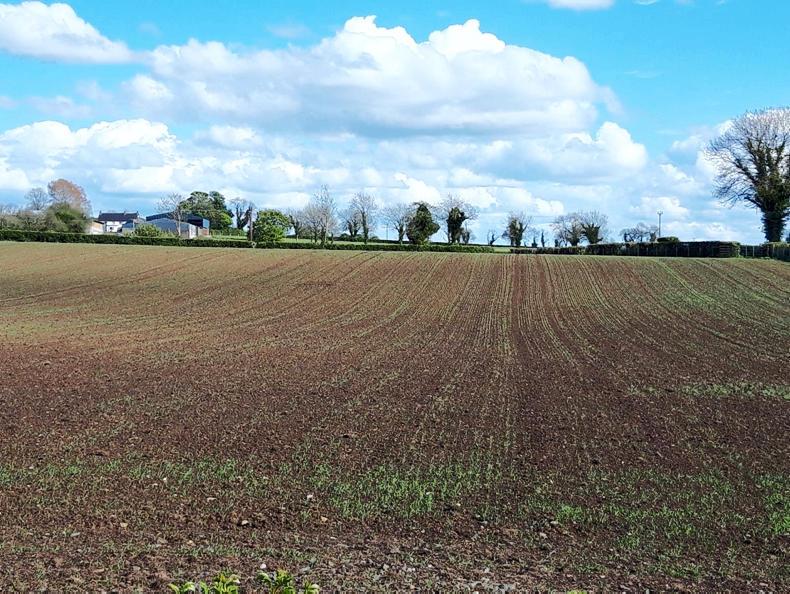
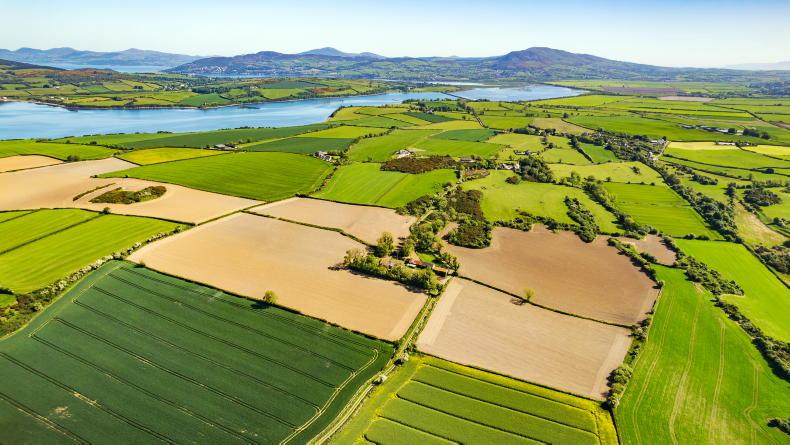
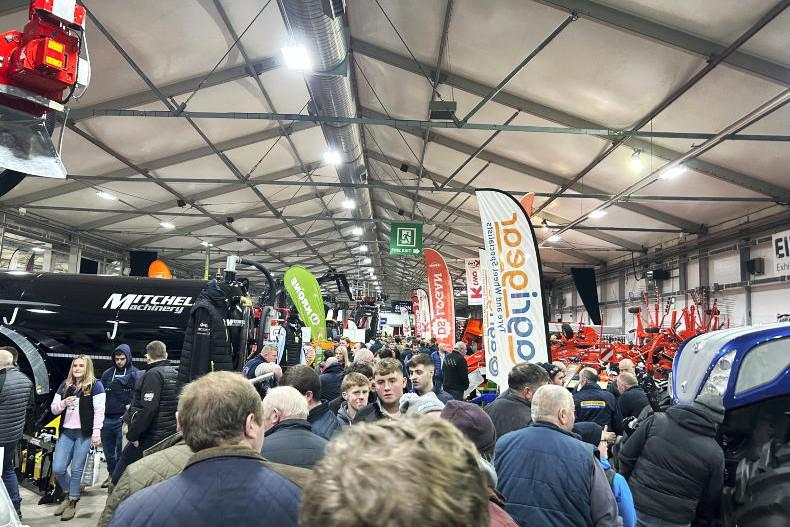
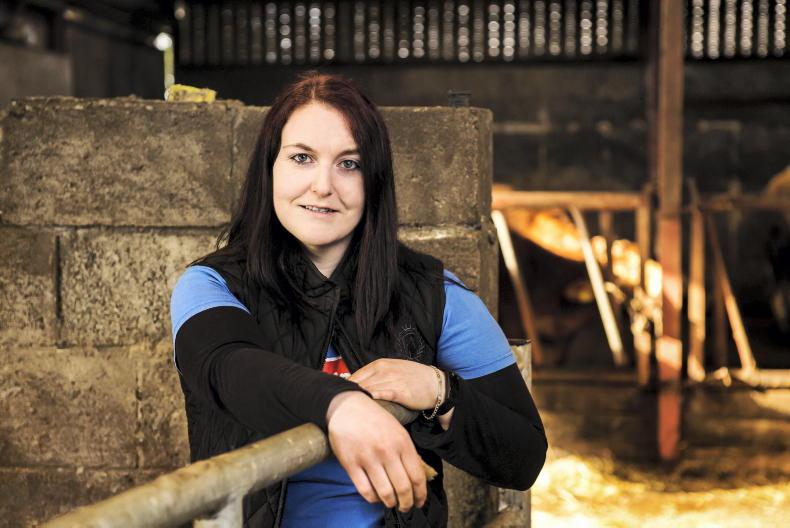
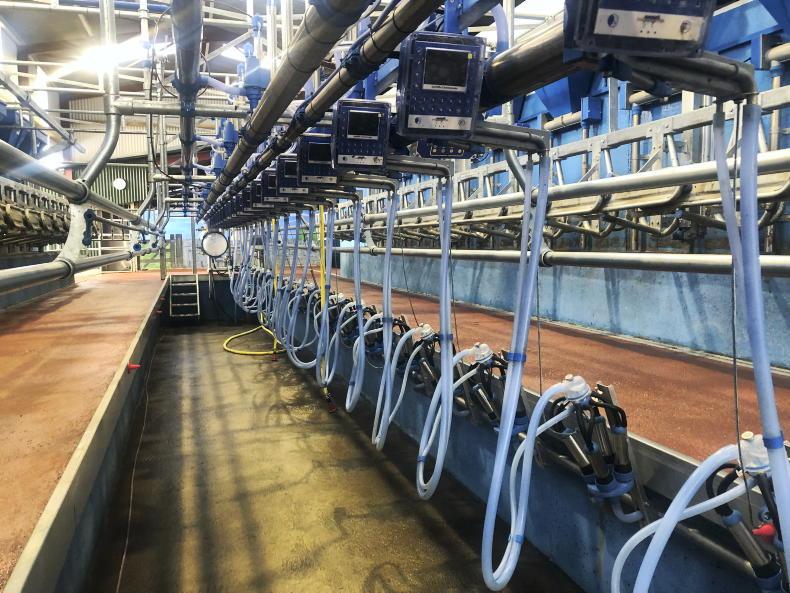
SHARING OPTIONS